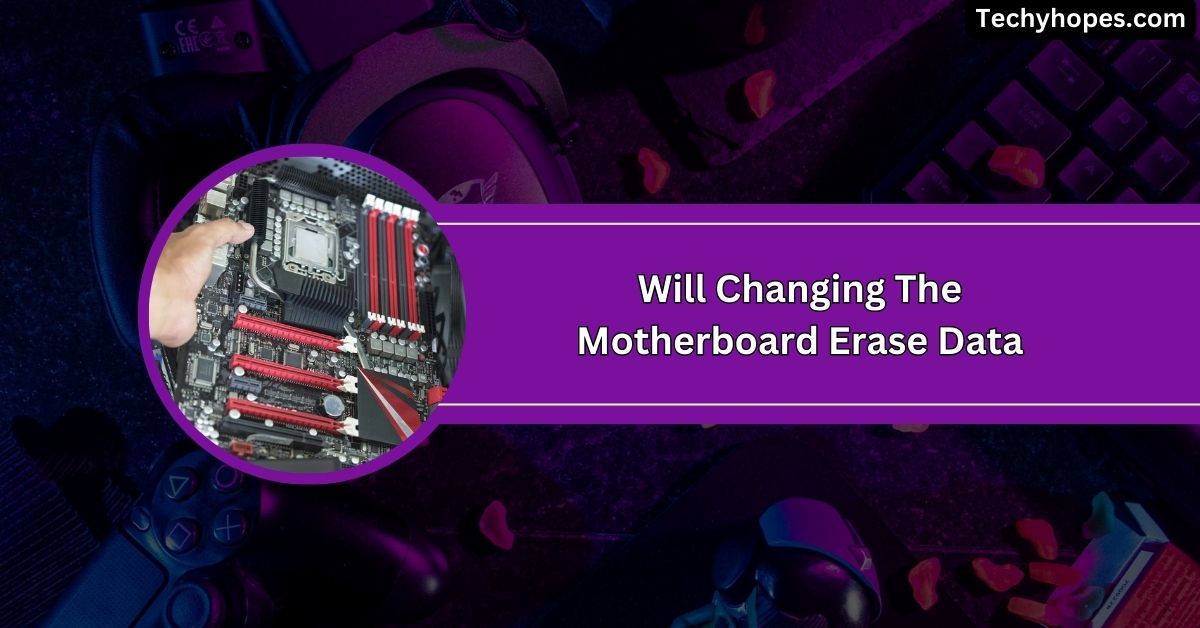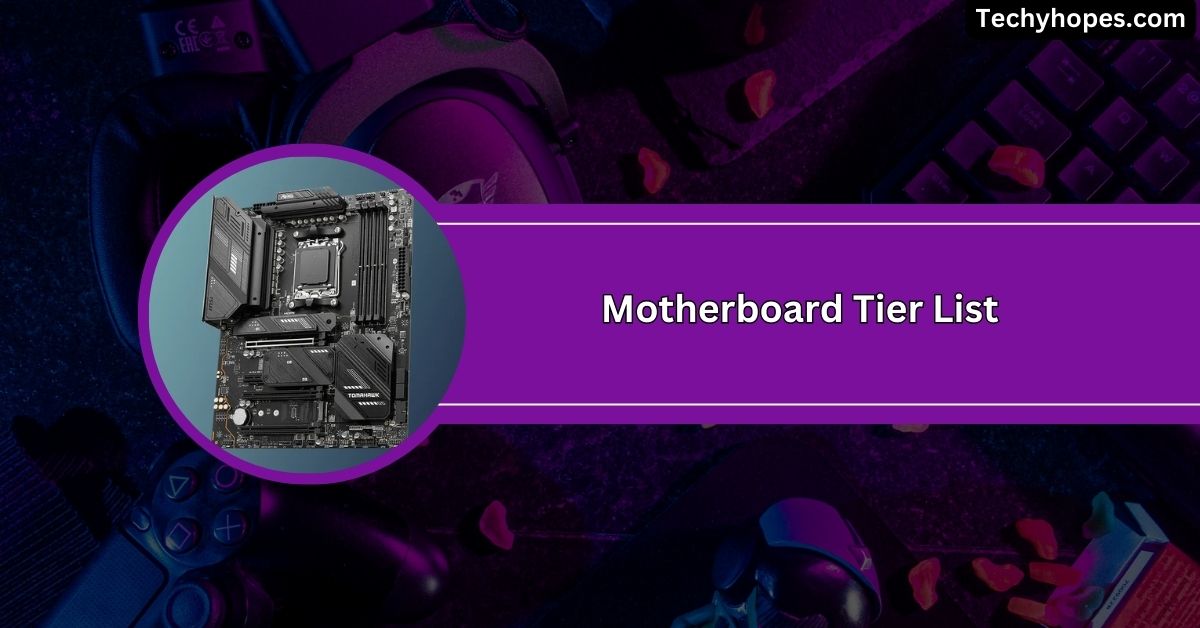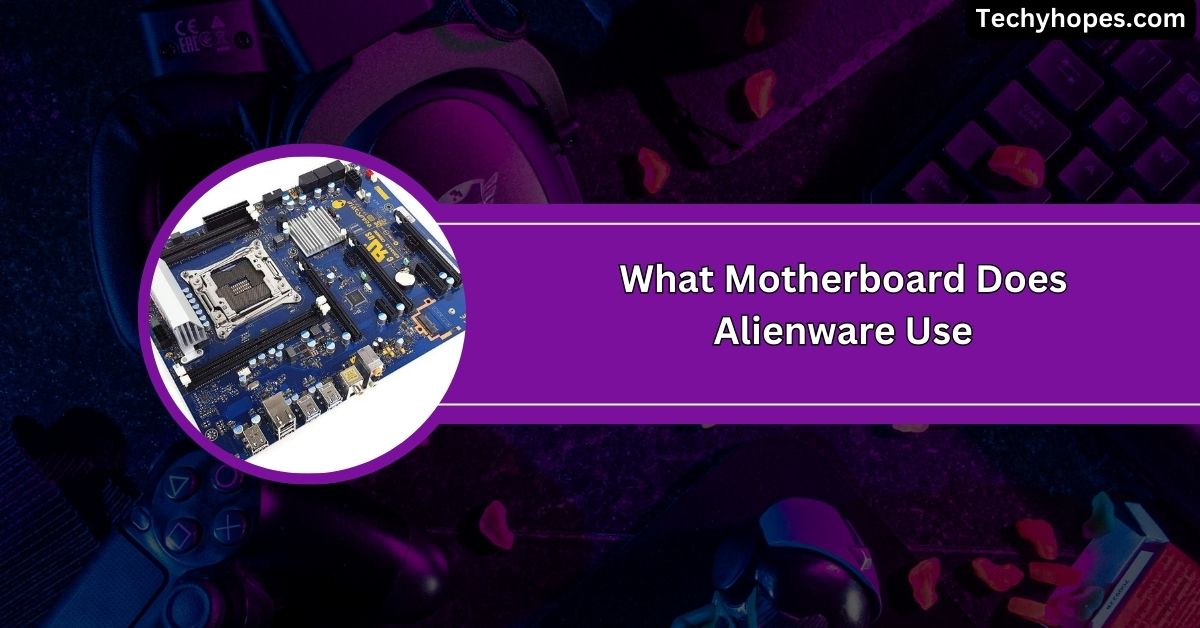Upgrading your computer’s RAM can significantly boost its performance, especially if you’re looking to multitask or run memory-intensive programs.
If your motherboard’s RAM slot supports only 4GB, installing an 8GB RAM module will not work. You can upgrade to 8GB by ensuring the motherboard supports larger capacities or by adding RAM in compatible slots.
In this guide, we’ll explain everything you need to know about RAM slots, compatibility, and how to maximize your system’s memory upgrade to ensure it runs smoothly and efficiently.
What Are RAM Slots, and Why Do They Matter?
RAM slots are small connectors on the motherboard where you install RAM sticks. Each slot allows your computer to store and access temporary data while it’s running.
The more RAM your computer has, the better it can handle multiple tasks at once. RAM slots are important because they determine how much memory your system can use.
If your motherboard only has a few slots, or if the slots are limited to a certain amount of memory, it can restrict your computer’s performance.
Knowing how many RAM slots you have and their capacity helps you plan upgrades for a smoother system.
How to Check Your Motherboard’s RAM Capacity
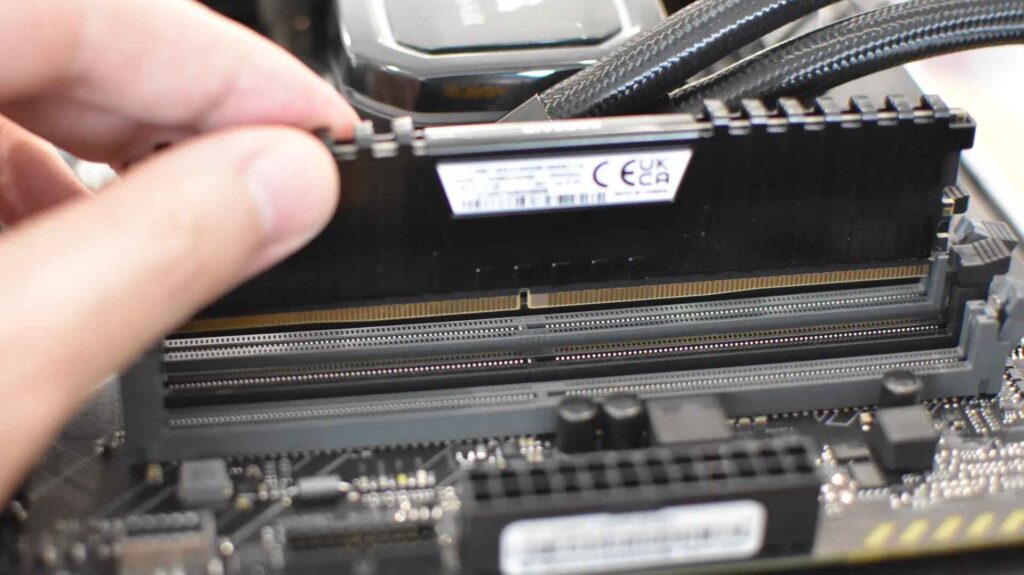
Before attempting to install new RAM, it’s crucial to know the exact specifications of your motherboard and its RAM capacity. Here’s how you can check:
- Check the User Manual: The motherboard’s manual will tell you the maximum RAM each slot can support.
- Use Diagnostic Tools: Download tools like CPU-Z, Speccy, or HWiNFO to check your motherboard’s RAM specs easily.
- Visit the Manufacturer’s Website: Search for your motherboard model on the manufacturer’s website to get detailed RAM information.
- Look at Your Current RAM: Check the amount of RAM already installed in your system and compare it with the maximum supported capacity.
- Check BIOS Settings: Sometimes, you can find RAM information in your computer’s BIOS settings.
Why Can’t You Install More RAM Than the Supported Capacity?
If your motherboard’s RAM slot supports only 4GB per slot, it cannot handle an 8GB RAM module. There are several technical reasons for this:
1. Chipset Limitations:
The motherboard’s chipset is built to recognize only a certain amount of RAM. If it’s designed to support up to 4GB per slot, it simply can’t handle an 8GB module, as the chipset won’t be able to process it properly.
2. Electrical Constraints:
RAM slots are designed with specific electrical pathways. Installing more RAM than the slot is designed for can cause problems with power delivery, leading to instability or system errors.
3. BIOS Restrictions:
The BIOS (system software) plays a key role in controlling your computer’s hardware. If the BIOS doesn’t support higher RAM capacities, it won’t recognize or use more RAM than what is specified, causing issues with performance or boot failures.
4. Hardware Design:
The motherboard’s physical design may not have the necessary components or connections to support more RAM than it was built to handle. Even if the RAM fits physically, the motherboard may not have the capacity to communicate properly with it.
What Happens When You Install More RAM Than the Motherboard Supports?
If you attempt to install an 8GB RAM stick in a motherboard slot that only supports 4GB, a few things could happen:
- System Won’t Boot: The computer might fail to start up entirely because the motherboard is unable to recognize the extra RAM, resulting in a boot failure.
- Partial RAM Detection: Sometimes, the motherboard may only detect a portion of the installed RAM, such as recognizing 4GB out of an 8GB stick. This means your system will not have the full memory capacity you expected.
- System Instability: Installing more RAM than the motherboard can handle often leads to crashes, freezes, or random errors, making the computer unreliable and frustrating to use.
- Performance Problems: Even if the system does boot up, it may not function smoothly, causing slow performance, lag, or difficulties in running multiple applications at once.
- Error Messages: The system might display error messages, warnings, or beeping sounds, indicating a problem with the installed memory. This can confuse and prevent you from using the computer properly.
Also Read: Can A GPU Be Incompatible With A Motherboard – Read Out!
Options for Upgrading RAM When Limited by Motherboard Capacity
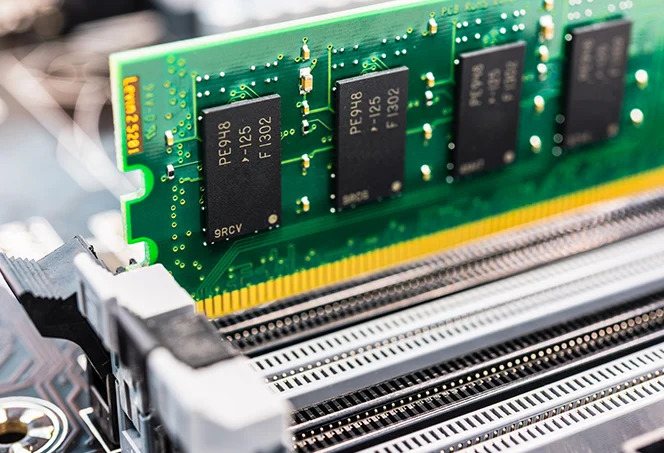
If your motherboard’s RAM slots support only 4GB per slot, but you’re looking to increase your system’s memory, there are a few effective ways to do so:
- Use Multiple RAM Slots: If your motherboard has more than one slot, you can install smaller RAM sticks (like 4GB each) to reach a higher total capacity without exceeding the per-slot limit.
- Upgrade the Motherboard: If you need more RAM than your current motherboard supports, you can consider upgrading to a new motherboard that supports higher RAM capacities per slot (e.g., 8GB, 16GB, or more).
- Install Matching Pairs for Dual-Channel: If your motherboard supports dual-channel memory, use matching RAM sticks for better performance, even if you’re working within the capacity limit.
- Check for BIOS Updates: Sometimes, a BIOS update can improve your system’s ability to work with higher-capacity RAM, although it won’t exceed the motherboard’s hardware limitations.
- Upgrade Other System Components: If your motherboard is limited, upgrading other parts of your system, like the CPU, might help unlock new possibilities for higher RAM capacity when paired with a new motherboard.
Tips for Installing RAM Correctly
Installing RAM modules may seem straightforward, but it’s essential to follow a few simple steps to avoid issues:
- Turn Off and Unplug Your PC: Always power off your computer and unplug it before installing new RAM to avoid electrical damage.
- Use Anti-Static Measures: Static electricity can harm your computer parts, so use an anti-static wristband or touch a metal surface to discharge any static before handling the RAM.
- Align the RAM Correctly: Each RAM stick has a notch that needs to line up with the slot on the motherboard. Could you make sure you insert it the right way?
- Press Firmly: Gently but firmly press the RAM stick into the slot until it clicks into place. Please don’t force it.
- Install RAM in Pairs: If your motherboard supports dual-channel, install matching RAM sticks (same size and speed) together in the correct slots for better performance.
- Double-Check Connections: Before closing the case, ensure the RAM is securely installed and properly seated in the slots.
- Consult the Manual: If unsure, always refer to the motherboard’s manual for specific instructions on RAM installation.
Can I use 8GB and 4GB RAM together in PC?
Yes, you can use 8GB and 4GB RAM together, but it may not run in dual-channel mode, which could affect performance. However, your system will still work, and the total RAM will be 12GB, improving multitasking.
Read Out: What Motherboard Does Alienware Use: All You Need To Know!
4GB + 8GB RAM dual channel
When using 4GB and 8GB RAM together, the system may not run in dual-channel mode. To achieve dual-channel performance, both RAM sticks need to be the same size. This setup may result in uneven memory performance.
4GB to 8GB RAM upgrade cost
The cost to upgrade from 4GB to 8GB RAM depends on the brand and type of RAM you choose, but it typically ranges between $30 and $60. Prices vary based on your system’s RAM type, such as DDR3 or DDR4.
Can I use 4GB and 8GB RAM together?
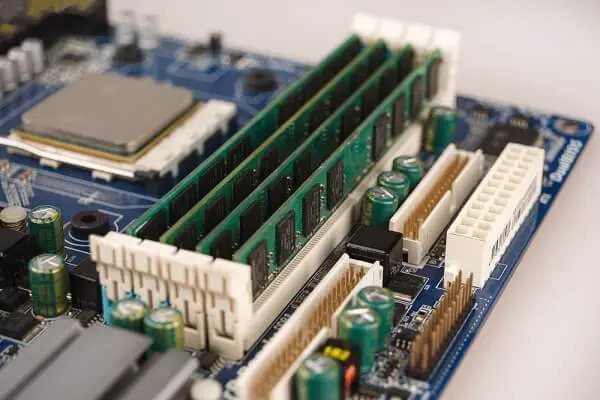
Yes, you can use 4GB and 8GB RAM together on your PC, but the RAM will run in single-channel mode rather than dual-channel mode. This could reduce performance compared to using two identical RAM sticks for dual-channel memory.
Which is better, 4GB RAM + 4GB RAM or 4GB + 8GB RAM?
The better choice is typically 4GB + 4GB RAM. This setup allows for dual-channel memory, which can improve performance. Mixing different-sized RAM like 4GB + 8GB may cause single-channel performance, leading to slightly slower speeds.
4GB + 8GB RAM dual channel DDR3
Using 4GB + 8GB RAM together in dual-channel DDR3 may not work efficiently. For optimal dual-channel performance, both sticks should be the same size. Mixing sizes may cause your system to default to single-channel mode, reducing memory performance.
Can you replace 4GB RAM with 8GB RAM?
Yes, you can replace 4GB RAM with 8GB RAM. Just make sure your motherboard supports 8GB per slot. Upgrading to 8GB will boost performance, allowing your system to handle more tasks simultaneously without slowing down.
Can I use 4GB and 8GB RAM together in HP laptop?
Yes, you can use 4GB and 8GB RAM together in your HP laptop, but they may not run in dual-channel mode. Although the system will still work, mixing different sizes could result in less efficient memory performance than using identical sticks.
Must Read: Motherboard Ethernet Drivers – Fix Ethernet Driver Issues!
Can I add an 8GB of RAM to a 4GB RAM slot?
No, you cannot add 8GB RAM to a 4GB RAM slot because the slot is physically and electronically limited to 4GB. Installing an 8GB stick in a 4GB slot may cause the system not to boot or fail to recognize the RAM.
Is it possible to put an 8gb stick of ram into a 4gb slot?
No, you cannot use an 8GB RAM stick in a slot that only supports 4GB. The motherboard’s design and slot limitation will prevent the extra memory from being recognized or used properly, causing instability or boot issues.
Can I use 8GB RAM in one slot instead of 2 x 4GB RAM?
Yes, you can use an 8GB RAM stick in one slot instead of two 4GB sticks. However, you may lose the performance boost that dual-channel memory offers, as it works best when both sticks are of the same size.
Can I use two 4GB RAM sticks with 1 8GB RAM stick on 2 DIMM slots?
Yes, you can use two 4GB RAM sticks with one 8GB stick on two DIMM slots. However, this may cause the memory to run in single-channel mode, which is less efficient than using two identical sticks in dual-channel mode.
I have 4 GB RAM in both of the available slots
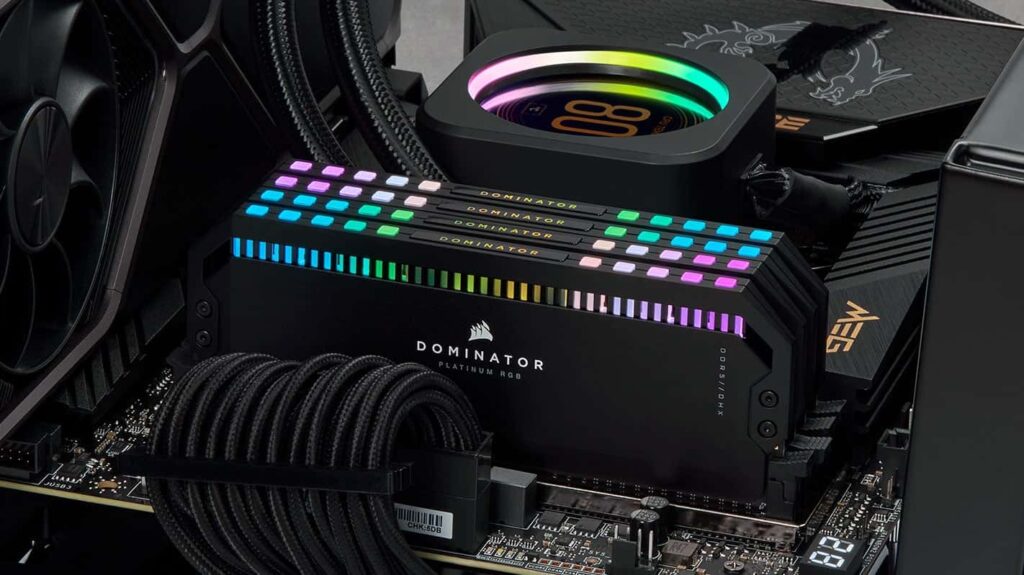
If you have 4GB RAM in each slot, your system should run in dual-channel mode, which helps improve memory performance. Upgrading both RAM sticks to the same size will further boost speed and multitasking capabilities.
Can I mix an 8GB chip with a 4GB chip and still get dual channeling?
Mixing an 8GB chip with a 4GB chip will not fully allow dual-channel performance. Your system may run in single-channel mode, which could reduce the overall memory speed, affecting performance in memory-heavy tasks.
What will happen if I install more than the Max Memory in a W-10 PC?
If you install more RAM than your system supports, your PC may fail to boot or not recognize the excess RAM. Due to hardware and software limitations, this could lead to system instability, crashes, or memory errors.
FAQs
1. How can I increase RAM from 4GB to 8GB?
To increase RAM, purchase an 8GB stick and replace the 4GB stick or add it alongside the existing one.
2. Does my motherboard support 8GB RAM?
You can check your motherboard’s manual or use diagnostic tools like CPU-Z to confirm its maximum RAM capacity.
3. Can I use 16GB and 4GB RAM together?
Yes, you can use 16GB and 4GB RAM together, but they may not run in dual-channel mode, affecting performance.
4. Is it worth upgrading 4GB RAM to 8GB?
Upgrading from 4GB to 8GB is worth it for better multitasking, smoother performance, and more efficient handling of memory-intensive tasks.
5. Can I put 8GB and 16GB RAM together?
Yes, you can use 8GB and 16GB RAM together, but it may not run in dual-channel mode, reducing memory performance.
Conclusion
Upgrading your RAM can greatly improve your computer’s performance. However, it’s important to ensure your motherboard supports the desired capacity. Always check your motherboard’s specifications before upgrading to ensure compatibility and optimize your system’s memory.


